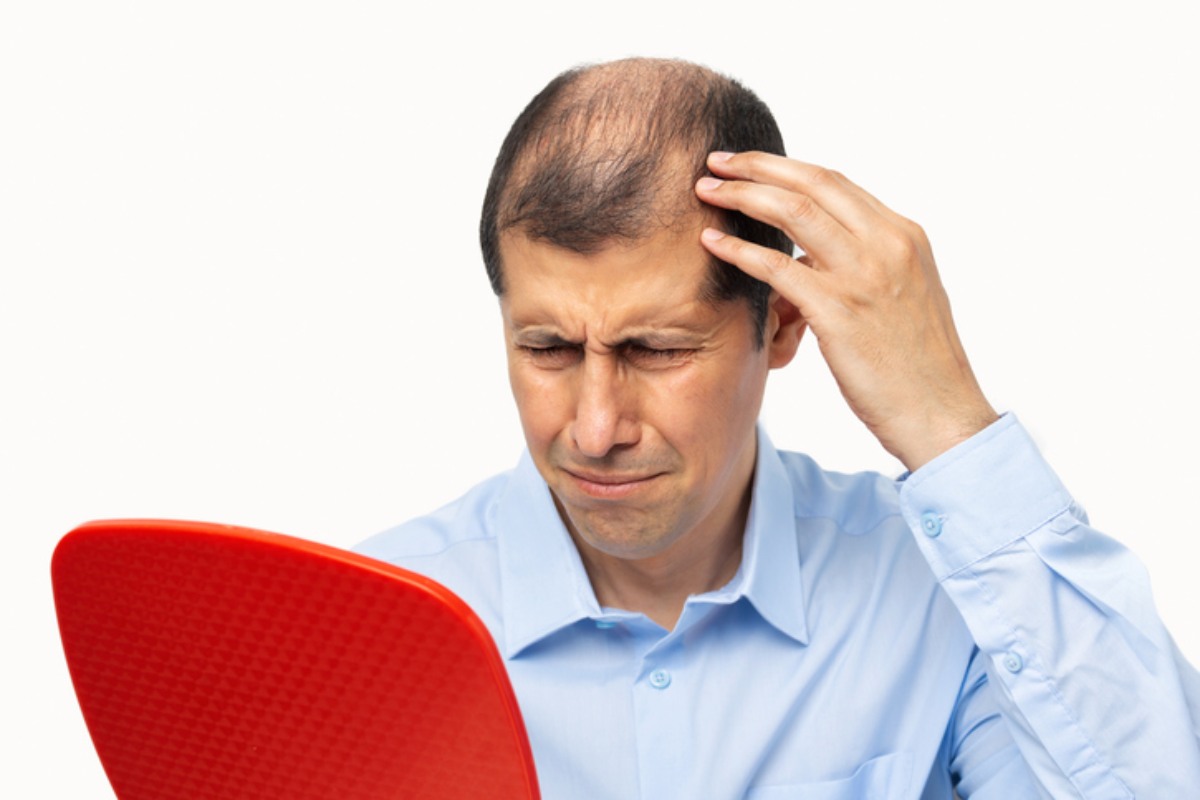Hair loss can be a distressing and emotionally challenging experience that affects individuals of all ages and genders. Whether it’s a receding hairline, thinning strands, or noticeable bald patches, understanding the causes, types, and treatment options for hair loss is vital for those seeking to address this common issue. Hair loss is not merely a superficial concern; it can have a profound impact on an individual’s self-esteem, social interactions, and overall quality of life. Therefore, gaining a deeper understanding of hair loss is crucial for those navigating this journey. From genetics and hormonal imbalances to nutritional deficiencies, stress, medical conditions, and certain medications, numerous factors can contribute to hair loss. By identifying the root cause, individuals can determine the most effective hair restoration treatment approach that aligns with their specific needs and goals.
Learn more about the intricacies of hair loss, exploring the underlying factors that contribute to its onset, the different types of hair loss conditions individuals may encounter, and the available treatment options that can help restore hair growth, boost confidence, and improve overall well-being.
Table of Contents
Causes of Hair Loss
Hair loss can be attributed to a multitude of factors, including genetics, hormonal imbalances, nutritional deficiencies, medical conditions, stress, and certain medications. The most common cause of hair loss is Androgenetic Alopecia, also known as male or female pattern baldness, which is influenced by genetic and hormonal factors. Understanding the underlying cause of hair loss is crucial in determining the most effective treatment approach.
Types of Hair Loss
Hair loss can manifest in different patterns and forms. Androgenetic Alopecia typically follows a specific pattern, resulting in a receding hairline or thinning hair at the crown for men and overall thinning of hair for women. Alopecia Areata is an autoimmune condition that causes patchy hair loss, while Telogen Effluvium leads to temporary shedding of hair due to physical or emotional stress. Other conditions, such as Trichotillomania (hair-pulling disorder) and Traction Alopecia (caused by hairstyles that pull on the hair), can also contribute to hair loss.
Medical Treatments for Hair Loss
Various medical treatments are available to address hair loss. One common approach is the use of minoxidil, a topical solution that promotes hair regrowth and slows down further hair loss. Finasteride, an oral medication, can be prescribed to treat male pattern baldness by blocking the hormone responsible for hair loss. Additionally, corticosteroid injections or topical applications can be used to treat certain types of hair loss, such as Alopecia Areata.
Surgical Hair Restoration
For individuals seeking a more permanent solution, surgical hair restoration procedures are an option. Follicular Unit Transplantation (FUT) involves harvesting hair follicles from a donor area and transplanting them into the balding or thinning areas. Follicular Unit Extraction (FUE) is a newer technique that involves extracting individual hair follicles from the donor area and implanting them in the recipient area. These procedures require expertise and should be performed by qualified professionals.
Non-Surgical Hair Replacement
Non-surgical hair replacement techniques offer alternative options for individuals who are not suitable candidates for surgery or prefer non-invasive solutions. These methods include hairpieces, wigs, hair extensions, and hair volumizers. Advances in technology have led to more natural-looking and comfortable hair replacement systems, allowing individuals to regain their confidence and achieve the desired appearance.
Lifestyle Changes and Home Remedies
In addition to medical treatments and procedures, specific lifestyle changes and home remedies can help improve the condition of the hair and reduce hair loss. These include maintaining a balanced diet rich in essential nutrients, practicing stress management techniques, avoiding harsh styling products and heat treatments, and keeping the scalp clean and well-nourished. While these measures may not reverse severe hair loss, they can contribute to overall hair health and potentially slow down the progression of hair loss.
Conclusion
Hair loss can have a significant impact on an individual’s self-esteem and confidence. Understanding the causes, types, and treatment options for hair loss is the first step toward addressing this common issue. Whether it’s genetic factors, hormonal imbalances, medical conditions, or lifestyle choices, identifying the underlying cause can help determine the most appropriate treatment approach. From medical treatments to surgical procedures and non-invasive options, a wide range of solutions exists to restore hair growth and improve the appearance of the hair. You should take the time to consult with healthcare professionals or hair loss specialists to determine the most suitable treatment plan tailored to your individual needs. With the right knowledge and approach, individuals can regain control over their hair loss, boost their confidence, and embrace a fuller, healthier head of hair.

